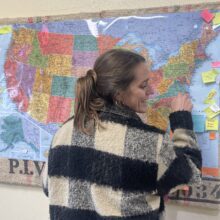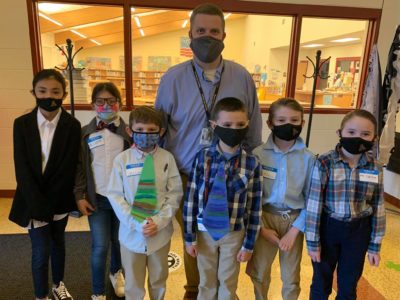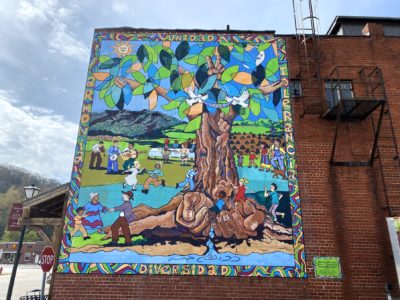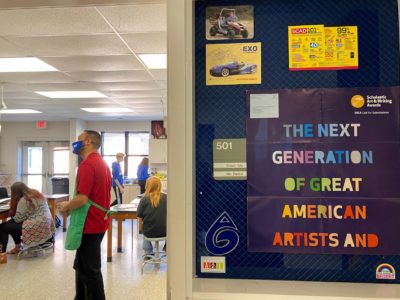|
|
Ruby Bridges was the first Black child to attend an all-white school in the South. In 1963, painter Norman Rockwell depicted 6-year-old Bridges walking into William Frantz Elementary School in New Orleans with an escort of U.S. Marshals. The image, entitled “The Problem We All Live With,” was published in Look magazine a year later.
Dirk Lumbard, dance instructor at Sallie B. Howard School of Arts and Science (SBHS) in Wilson, grew up during the same time as Bridges. He has seen Rockwell’s artwork in person and believes the piece and its message are as important today as they were then.
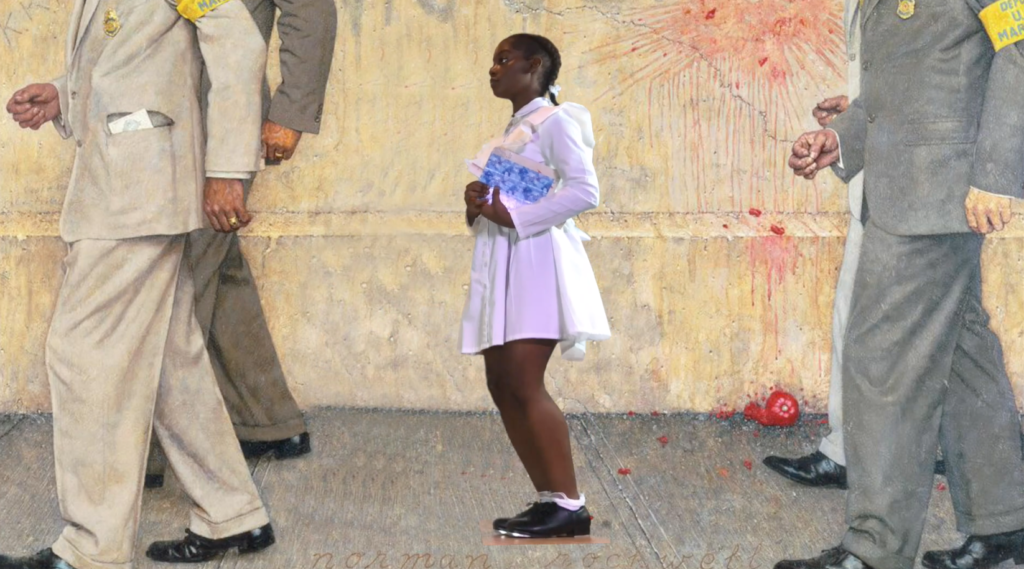
Bridges was born in 1954, the same year the U.S. Supreme Court handed down its Brown v. Board of Education decision, setting into motion the desegregation of American public schools.
To honor Bridges and the civil rights movement, Lumbard wanted to develop another piece of art. Combining his background in tap dancing, the talents of his students at SBHS, and the editing skills of the school’s multimedia coordinator David Ponce, the video project “RUBY” was created.
“My hopes were just to honor her, the painting, and make a message about hate, and racism, and, you know, bigotry … It’s going on again, you know, and that’s why I wanted to do something about it because … in some ways it feels like we’re visiting the ’60s again.”
Dirk Lumbard, dance instructor at Sallie B. Howard School of Arts and Science.
An instructor with rhythm
Lumbard started working with SBHS in 2020, so this was his first year learning about the school’s Dance Festival. Each department has a special event during the year showcasing student work. During COVID-19, all presentations were featured on the SBHS YouTube page.
He knew he wanted to create a dance piece that would incorporate the Rockwell painting and Bridges story, so he started development in January and had around seven weeks to turn his vision to reality.
Lumbard had worked on Broadway prior to his move to Eastern North Carolina, so he was up to the task. He currently works for both the musical theater department and the dance department at SBHS and is also an adjunct professor at Eastern Carolina University. He moved to the area about ten years ago and knew he wanted to continue working in dance and choreography.
“I wanted to still do something with the community, in ways to give back [to the] arts,” he said.
The making of ‘RUBY’
What elements were needed for the “RUBY” project to come to life? Enter stage left, the ninth grade dancers Bria Johnson and Jennifer Rivera. Neither had ever tap danced, but both were excited to learn a new skill.
“For me, I just thought it was cool that we got to do something new.”
Bria Johnson, 9th grade student at Sallie B. Howard School of Arts and Science
Johnson said that during the pandemic, there wasn’t much to do. “So, I was like, ‘Why not just take up a whole new dance?'” she said.
Lumbard took care of the choreography and the students began to learn a new way of dancing. At first, they practiced via Zoom, meeting virtually twice a week. Eventually, they were able to perform in person. According to Lumbard, the two students were already such gifted dancers that they took to tapping very easily. Johnson and Rivera both enjoyed being in control of the costumes. They studied the painting, agreed on the look, and were able to interpret for the screen.
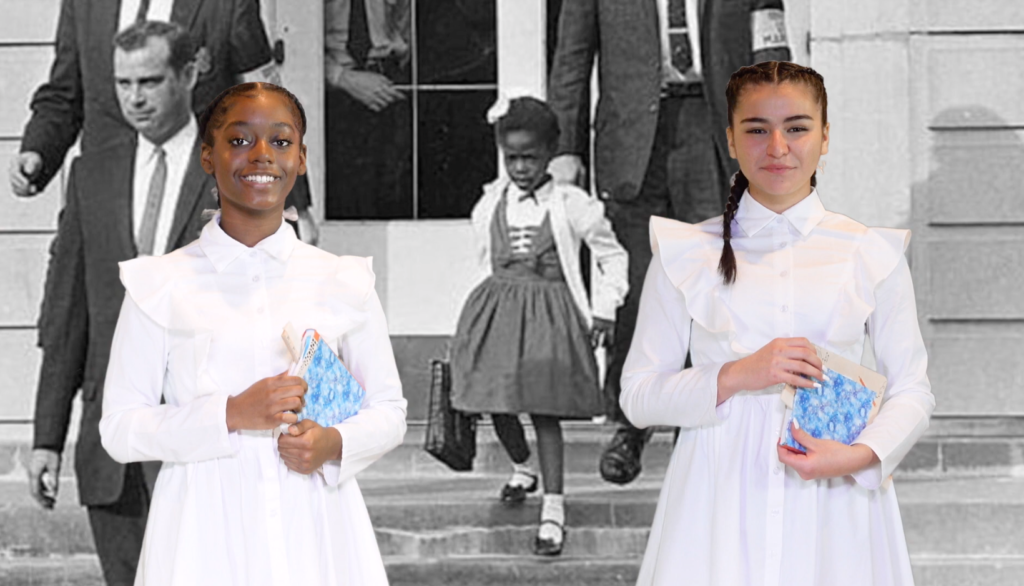
Once the choreography, dancers, and costumes were ready, Ponce, the multimedia coordinator, stepped in. He has worked for SBHS since 2008 teaching multimedia skills. This year, he moved full time into his position. Ponce brought the piece to a new level, Lumbard said, and that “he just really grabbed onto the idea and took off.”
Dancers performed in front of a green screen so that Ponce could later superimpose the performance onto the background. He put five cameras around the students at different angles and for postproduction used ShotPro software to help build the 3D set.
“You have to keep the eye entertained,” said Ponce. He used GoPro action cameras, his own iPhone, and a Sony ZV for filming.
Sound is especially vital in a video featuring tap dancing, so Ponce put microphones at the performers’ feet.
“Part of what I love about video is the synchronization with the beats,” he said. “I try to also feel the music, so I can interpret the music with video, to connect with what I’m seeing and what I’m feeling at the moment.”
Ponce said he tries to collaborate with dance and theater teachers when filming their projects. In understanding their vision, he can use his resources “to put it all in place, to make it happen.”
Filming happened from 9 a.m. to 2 p.m. one day and Ponce spent four days editing before it was complete. It became one of the most popular videos at this year’s Dance Festival. How does Rivera think it turned out?
“I was pretty shocked because, I mean I expected it to look good, but it actually sounded really good because you could hear the taps really clear, and the editing and, like, the green screen just made everything look so much better and put together.”
Jennifer Rivera, 9th grade student at Sallie B. Howard School of Arts and Science.
